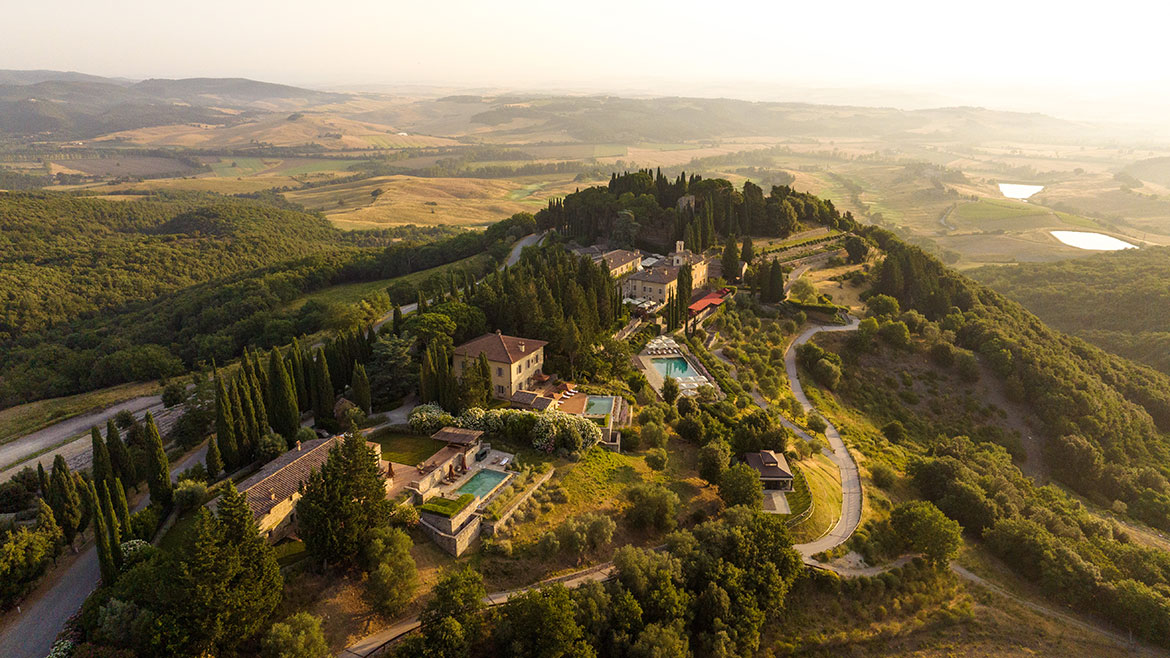Even if you don’t pay a lot of attention to markets or investing, you’ve probably heard the term “bubble”.
The global property bubble of the early 2000s led to the sub-prime crisis. The dotcom bubble of the late 1990s led to the dotcom bust. The South Sea Bubble of 1720 cost Sir Isaac Newton millions of pounds in today’s money.
But how exactly can we define a bubble?
MoneyWeek
Subscribe to MoneyWeek today and get your first six magazine issues absolutely FREE

Sign up to Money Morning
Don't miss the latest investment and personal finances news, market analysis, plus money-saving tips with our free twice-daily newsletter
Don't miss the latest investment and personal finances news, market analysis, plus money-saving tips with our free twice-daily newsletter
Given that it’s probably one of the most famous terms in investing, it’s somewhat ironic that the correct answer to that question is “we can’t”.
There is no specific recognised definition of an investment bubble.
This is partly because financial markets theory is built on models which assume that markets are rational. Most people know that this isn’t the case in practice, but it still makes it difficult to slot an emotionally-driven phenomenon like a bubble into existing theories.
However, it’s also because pinning a bubble down is hard.
Does a bubble just mean a high valuation? Well, no, it’s more than that.
Technology stocks might look expensive today. But they look positively tame compared to their valuations in the dotcom era. And US stocks have looked expensive on most valuation measures for at least five to ten years now. Yet there’s no sense of the wild optimism and “fear of missing out” that characterises the most infamous bubbles.
If anything, it’s this sentiment aspect that separates a genuine bubble market from a merely expensive one. Every bubble starts with a good fundamental story – often related to technological change, or to a genuine supply shortage of the bubble asset.
As the asset rises in price, and the story becomes more widely known, there’s a sense of almost-manic desperation to get onboard. The price rockets, then rockets some more, as more and more investors are sucked in.
The investors and company insiders who got in early on see that the high prices are no longer justified by what’s happening on the ground. They start to sell even as more naive buyers keep coming along to add more fuel to the fire.
But eventually, there are no new buyers left to buy, and the bubble bursts. The latecomers lose the lot.
This leads us to the final aspect that makes bubble spotting so tricky – you can only know for sure that it was a bubble, after it has popped.
Jeremy Grantham, the founder of asset manager GMO, has a long history of being right about bubbles. And he thinks the US stockmarket is not just in a bubble, but in a “superbubble”.
Get the latest financial news, insights and expert analysis from our award-winning MoneyWeek team, to help you understand what really matters when it comes to your finances.
MoneyWeek is written by a team of experienced and award-winning journalists, plus expert columnists. As well as daily digital news and features, MoneyWeek also publishes a weekly magazine, covering investing and personal finance. From share tips, pensions, gold to practical investment tips - we provide a round-up to help you make money and keep it.
-
 Review: Castiglion del Bosco, A Rosewood Hotel – a Tuscan rural idyll
Review: Castiglion del Bosco, A Rosewood Hotel – a Tuscan rural idyllTravel Play golf, drink exquisite wine and eat good food at Castiglion del Bosco, A Rosewood Hotel, all within the stunning Val d’Orcia National Park in Tuscany
-
 RICS: Seller confidence hits new high but buyers are yet to return to the property market
RICS: Seller confidence hits new high but buyers are yet to return to the property marketThe latest Residential Market Survey from the Royal Institution of Chartered Surveyors (RICS) shows there are signs that confidence is slowly returning to the housing market
-
 What's behind the big shift in Japanese government bonds?
What's behind the big shift in Japanese government bonds?Rising long-term Japanese government bond yields point to growing nervousness about the future – and not just inflation
-
 Halifax: House price slump continues as prices slide for the sixth consecutive month
Halifax: House price slump continues as prices slide for the sixth consecutive monthUK house prices fell again in September as buyers returned, but the slowdown was not as fast as anticipated, latest Halifax data shows. Where are house prices falling the most?
-
 Rents hit a record high - but is the opportunity for buy-to-let investors still strong?
Rents hit a record high - but is the opportunity for buy-to-let investors still strong?UK rent prices have hit a record high with the average hitting over £1,200 a month says Rightmove. Are there still opportunities in buy-to-let?
-
 Pension savers turn to gold investments
Pension savers turn to gold investmentsInvestors are racing to buy gold to protect their pensions from a stock market correction and high inflation, experts say
-
 Where to find the best returns from student accommodation
Where to find the best returns from student accommodationStudent accommodation can be a lucrative investment if you know where to look.
-
 The world’s best bargain stocks
The world’s best bargain stocksSearching for bargain stocks with Alec Cutler of the Orbis Global Balanced Fund, who tells Andrew Van Sickle which sectors are being overlooked.
-
 Revealed: the cheapest cities to own a home in Britain
Revealed: the cheapest cities to own a home in BritainNew research reveals the cheapest cities to own a home, taking account of mortgage payments, utility bills and council tax
-
 UK recession: How to protect your portfolio
UK recession: How to protect your portfolioAs the UK recession is confirmed, we look at ways to protect your wealth.


